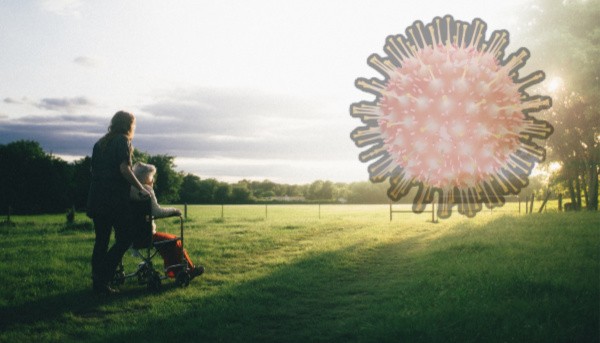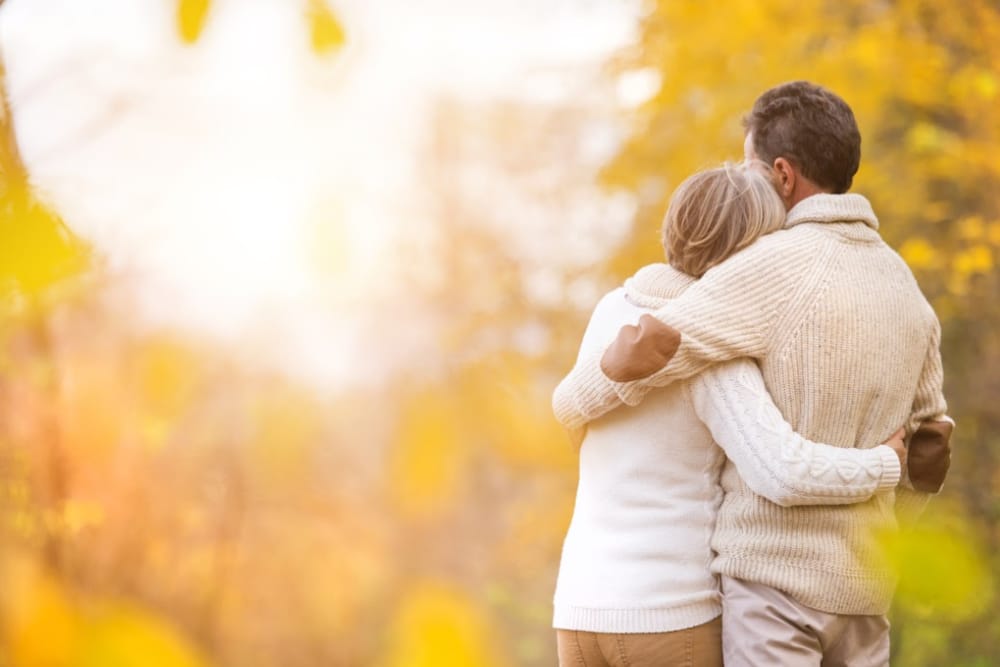A population at risk.
Everyone around the world is paying attention to COVID-19 as the pandemic sweeps the nation. Currently, the United States is amid an outbreak, with cases exploding in New York, California, Washington, and Louisiana. As stories pour in, one thing that’s emerged is how it has impacted senior living facilities across the nation. Though some are faring better than others, it’s clear that we were woefully unprepared for a disaster of this kind. When we examine the nature of the virus and risk it presents to older adults, especially those living in communal settings, one can see how proper preparation is essential for prevention and containment.
Older people and people with underlying health conditions appear to be about twice as likely to have severe consequences as a result of COVID-19 when compared to younger, healthy people. Due to the nature of the virus, which attacks the lungs and kills by causing respiratory failure, people with conditions like heart disease and lung disease need to be especially careful to avoid exposure to the virus. As people age, their immune system becomes less able to fight off illness, and they have a harder time recovering. Older adults are also more likely to have underlying conditions that prevent the body from coping and healing well.
So, it shouldn’t have come as a surprise when multiple stories started to emerge about nursing homes and retirement communities being ravaged by COVID-19
Why senior living facilities are susceptible.
When we examine the environment of senior living facilities, it is easy to illustrate how they are susceptible to the spread of airborne illness. Most centers are the antithesis of what one would construct if they were trying to practice social distancing, let alone isolation or quarantine measures. Dining halls, close quarters, group recreational activities, and high visitor traffic are the kind of circumstances that lend themselves well to the transmission and infection. This type of infrastructure may be a reason we see reports of centers having multiple confirmed cases of COVID-19.
On April 6th, 29 people tested positive for the virus at a Pittsburg senior living home. This outbreak is just one of the more recent stories reported by a local news channel. Headlines have been full of stories like this over the last couple of weeks.
Prevention and containment are possible
Due to situations like this, the CDC recently issued updated guidelines recommending actions for senior living facilities to follow to prevent the spread of COVID-19. Their emphasis is on doing away with visitation and restricting non-essential employees like barbers to help prevent the virus from entering the communities in the first place. This makes sense since, once the virus is in, the focus becomes on sanitation and isolation.
Though successful prevention and containment can be difficult, it’s not impossible.
One Seattle senior living center proactively avoided COVID-19 despite 79% of its residents having chronic medical conditions and being an average age of 86. Even though four asymptomatic residents tested positive for the virus, they were able to implement the CDC guidelines and prevent any further spread. Physical distancing, in-room isolation, no communal dining, or recreational activities were practices that, along with increased sanitation, became routine as they did their best to control any spread. None of the detected cases became symptomatic, and everyone survived what could have otherwise been a disaster.
Present and future implications
It’s examples like these that don’t get reported enough. Actions can and should be taken, which lower risk and increase survival. This includes following any shelter in place orders for your area and not entering senior living facilities right now. Make sure you use proper protection if you do enter a facility, including wearing a proper mask and gloves such as the products you’re able to find at Unigloves, or similar providers online. Visitation and taking on new residents present a considerable risk to current residents as well as the new person. Due to this, March 2020 move-ins were down by 50% from the previous year for one major senior housing property company. These numbers illustrate that people began to get an idea of what measures are needed to prevent the spread of this virus.
Overall, senior living facilities are learning as they go. With our current healthcare and technology systems, we’ve never had to go through anything like this before. The procedures we’re developing now through trial and error may very well become the playbook for future pandemics like this. But right now, senior living facilities aren’t doing very well on a couple of levels. Some facilities have shown that there’s a way to do it. The risks presented by COVID-19 are preventable, and the industry needs to stay vigilante to keeps its workers and residents safe.

About the author

Facebook: https://www.facebook.com/M.GemmeJournalism/
Twitter: https://twitter.com/MarcelGemme
Sources:
https://www.cdc.gov/coronavirus/2019-ncov/hcp/long-term-care.html?CDC_AA_refVal=https%3A%2F%2Fwww.cdc.gov%2Fcoronavirus%2F2019-ncov%2Fhealthcare-facilities%2Fprevent-spread-in-long-term-care-facilities.html
https://www.aarp.org/health/conditions-treatments/info-2020/cdc-covid-19.html
[text-blocks id=”20257″ slug=”guest-post-bottom”]






Everyone needs to do their part to slow the spread of this pandemic because everyone is at risk, but our seniors are particularly at risk. Thanks for sharing!